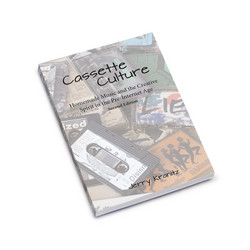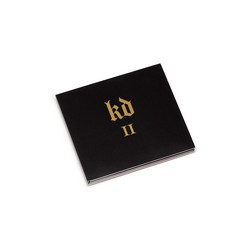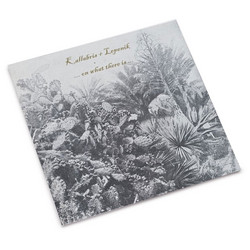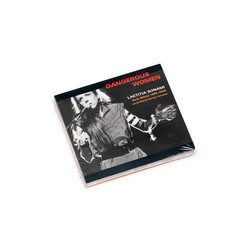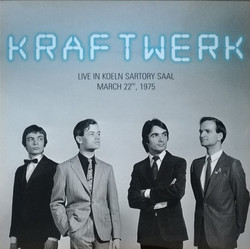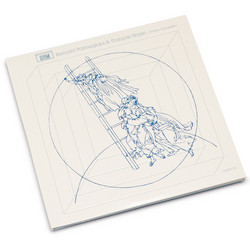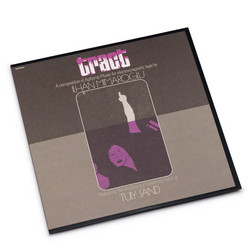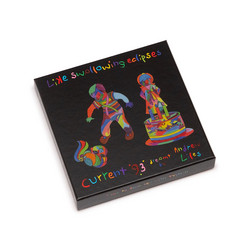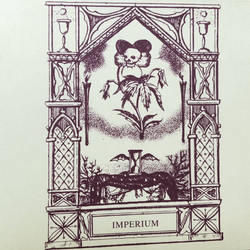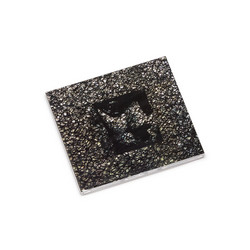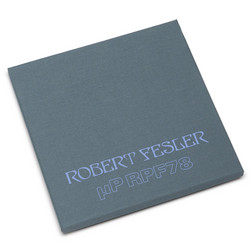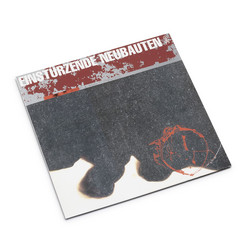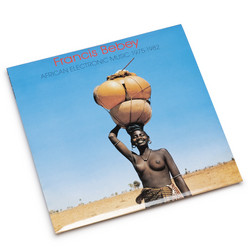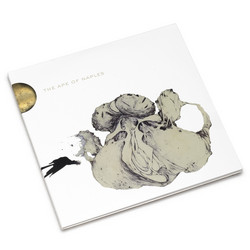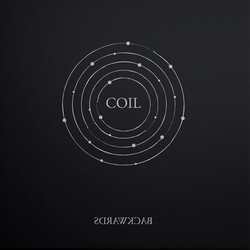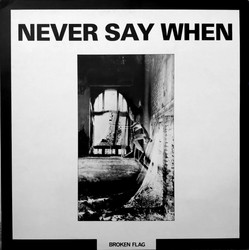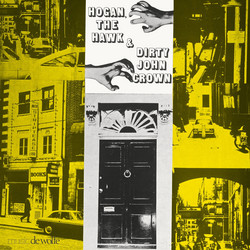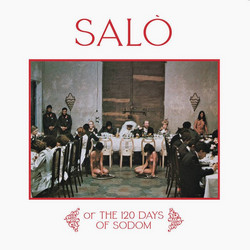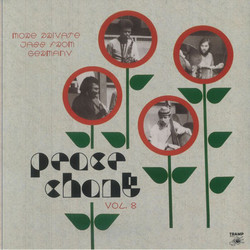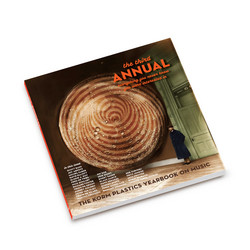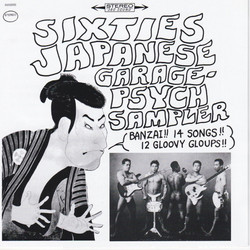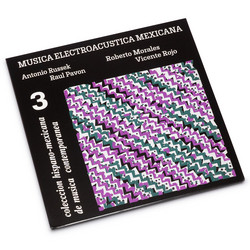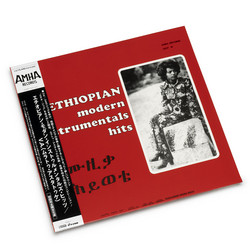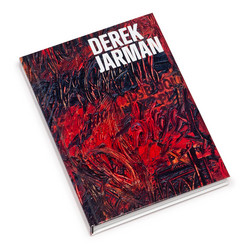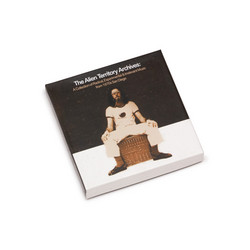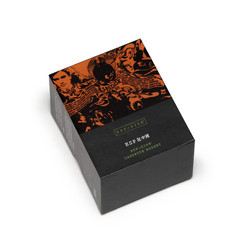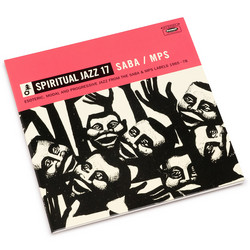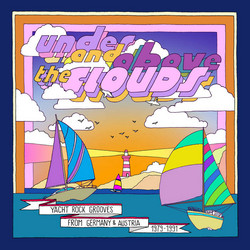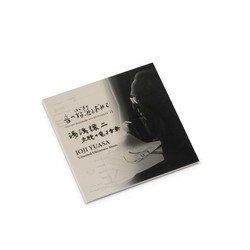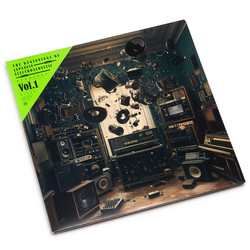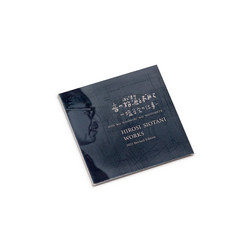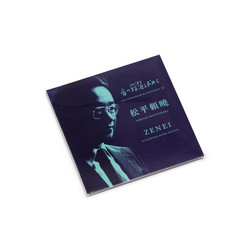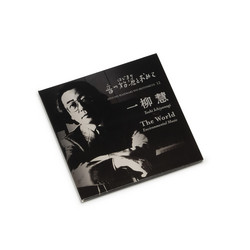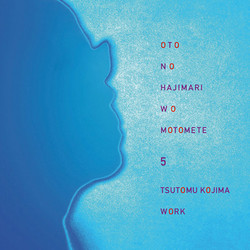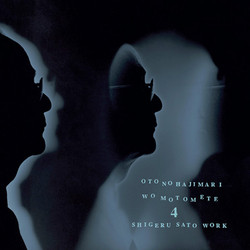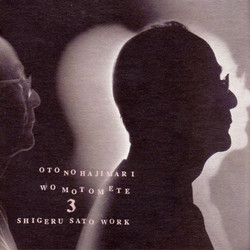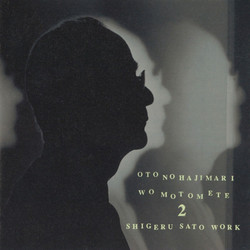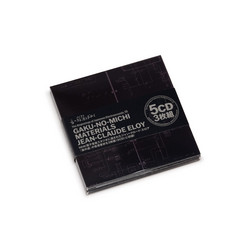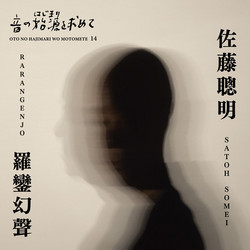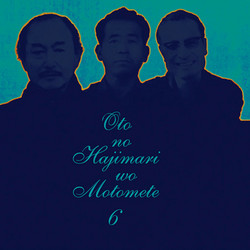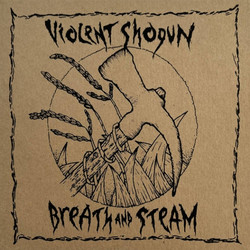1
2
3
4
Recent issue of Japanese electronic music made by NHK electronic music studio after EXPO'70. This CD consists of 4 works assisted by engineer Tsutomu Kojima who assisted many electronic works of avant-garde composers. (Jean Claude Eloy's well known concrete music "Gaku-no-Michi" was also assisted by him.)
- 1. “Palace of Green Space for Electronic Music” Kiyotomi Yoshizaki (1979)
- Opposite concepts such as “Science and Art, Yang and Yin, Symmetry and Dissymmetry” are generally constructed based on the concept of “two is one, one is two”.
2. “Ode for Ecstasy” Akira Nishimura (1981)- Material sounds are electronic sounds, insect calls, bird calls, human voices, instrument sounds, and other material sounds. White noise is used from the electronic sound, the center frequency of the pass band of the narrow band filter is matched to the frequency of the 12 temperament scale, and the scale is created with noise as narrow as possible to create a melody.
3. “Lazy Garnet” Shoko Shida (1974)- Attempts have been made to bring shakuhachi and voice live performance to the field of electronic music. The work consists of a tape part and a live voice part, which are synthesized by electronically processing shakuhachi and voice material sounds.
4. “Reincarnation” Michio Kitazume (1982)- It is produced using electronic sounds, water drop sounds, instrument sounds, and bird voices. The water drop sound is very small, so it was recorded with a PCM fixed head stereo tape recorder without tape noise. To avoid noise as much as possible, a small studio for announcements was used. Water drop sound was recorded by dropping water from a soaked towel onto the surface of water in a bucket putting the microphone as close to the surface as possible.
Details
Cat. number: OUOADM 0801
Year: 2009
Notes:
Track 1: 1979, Track 2: 1981, Track 3: 1974, Track 4: 1982.
Recorded at the NHK electronic music studio, Tokyo.
Includes 14-page booklet with liner notes in Japanese.
